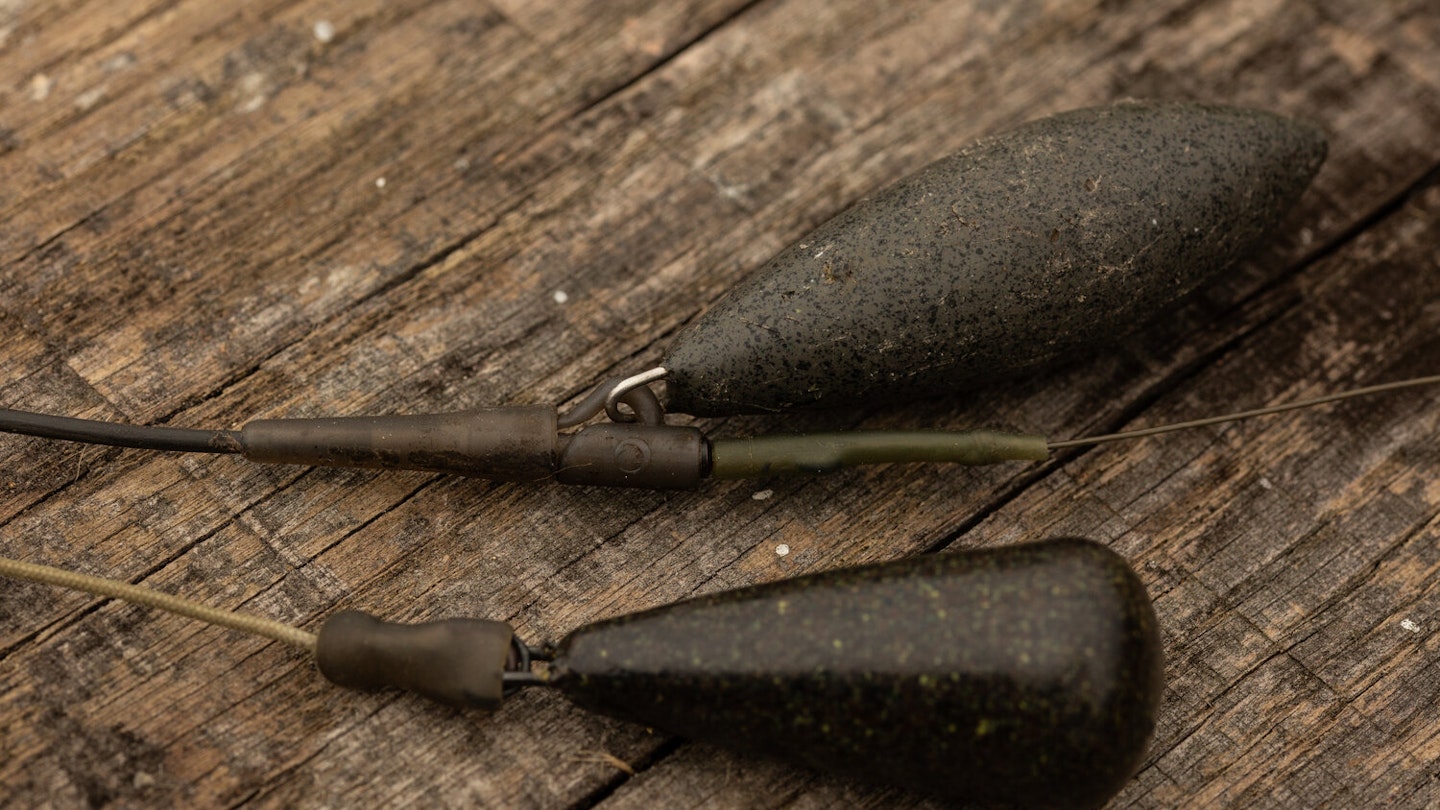Tubing was first introduced as a means of reducing tangles. The higher diameter of the tubing resists the hooklink’s tendency to wrap around lower diameter mainline. Ideally the tubing needs to be just a couple of inches longer than the length of the hooklink.
It’s most used on lead clip arrangements, but lower diameter tubing can also be used on helicopter-style lead arrangements as a means of sheathing the mainline from the rigours of the swivel rubbing on the mono while playing hooked carp – a useful alternative arrangement if your chosen venue has a leader ban in place.
As well as the anti-tangle aspect, tubing offers another purported benefit, namely stopping the mainline from coming into contact with the carp’s flanks, and therefore minimising the (slim) chance of the line lifting a scale. We should consider and improve fish welfare issues whenever the opportunity arises.
All modern rig tubing is supple, and sinks like a stone – it helps to disguise the line near the rig as well as protect it from snags.
Terminal leaders, as opposed to shockleaders, tend to be made from fast-sinking materials that lay flush to the lakebed when the line is allowed to settle with some slack. This product group includes leadcore or lead-free woven leader materials, as well as fused loop leaders.
They act as an effective buffer against the wear and tear that the end section of line faces, whether that’s a heli-rig swivel rubbing against the line while playing a carp or the line encountering obstructions.
The trend is for relatively short leaders, and you can buy ‘safe’ ready-made heli leaders based on all three types – great for less experienced anglers who can then emulate the way the leaders are constructed.
Longer leaders are suited to applications like long running chods over weed, and also snag fishing, where you’re locked up and having a longer buffer helps improve safety by protecting from cut-offs if a hooked fish makes the outer edges of the woodwork.
I’d add that in addition to ensuring that the hooklink can separate from the leader, it’s prudent to use strong mainline, say a minimum of 0.35mm (or 0.40mm if snag fishing), as this will naturally reduce the chances of you losing a leader due to a cut-off. Nothing protects against issues like that better than diameter – obviously the thicker the better... and safer.

